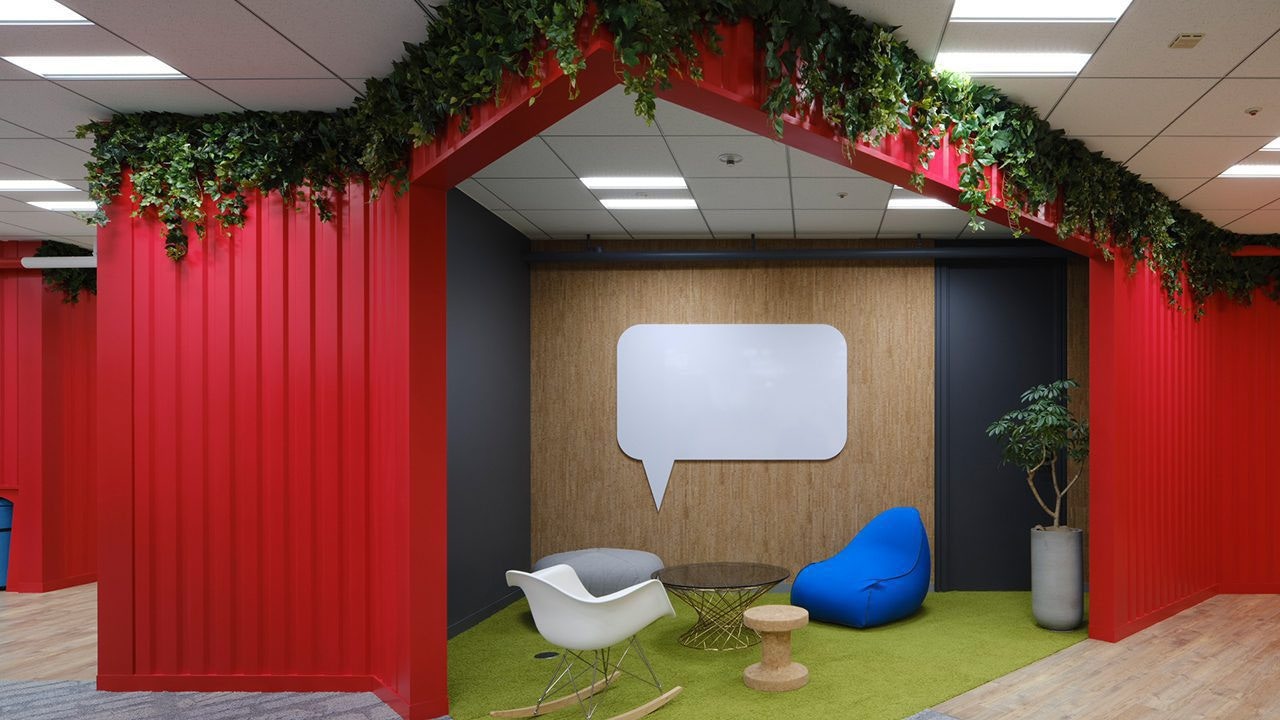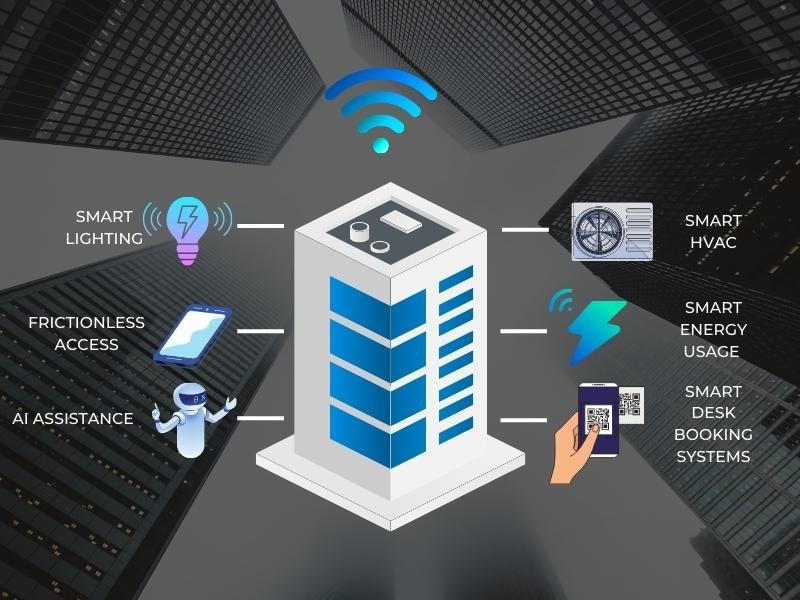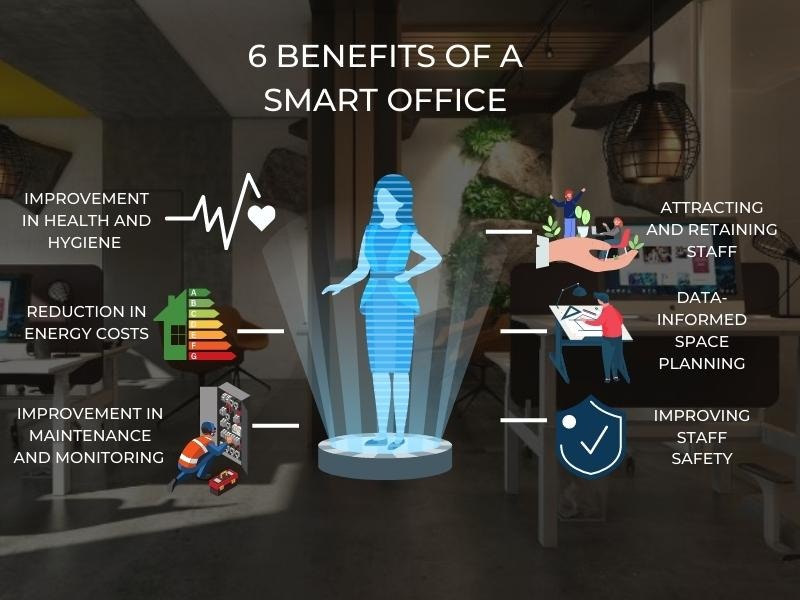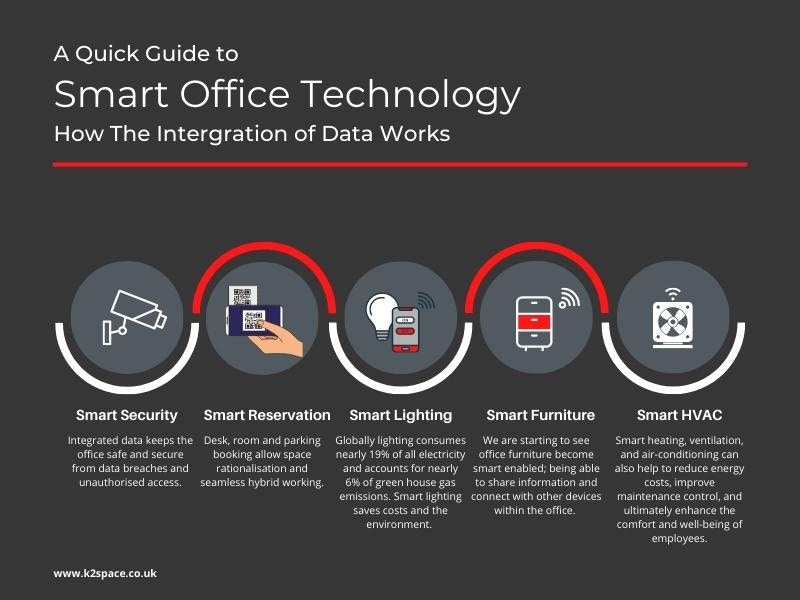What is a Smart Office?
A smart office, very simply, is an office space (or office building) embedded with technology that allows different systems to ‘talk’ to each other and make data-driven decisions for the benefit of its owners and occupants.
With the help of smartphones and WIFI, which are now ubiquitous technologies, office buildings are becoming increasingly integrated into our digital world. What makes a building ‘smart’ is the ability of systems to talk to each other by relaying information from digital sensors within the office to various user platforms via WIFI, Bluetooth and other bandwidths. By collecting, aggregating, and using data, various processes and systems including lighting, air conditioning, ventilation and heating can be optimised. This ultimately leads to significant cost savings and improvement in the well-being of office staff.



